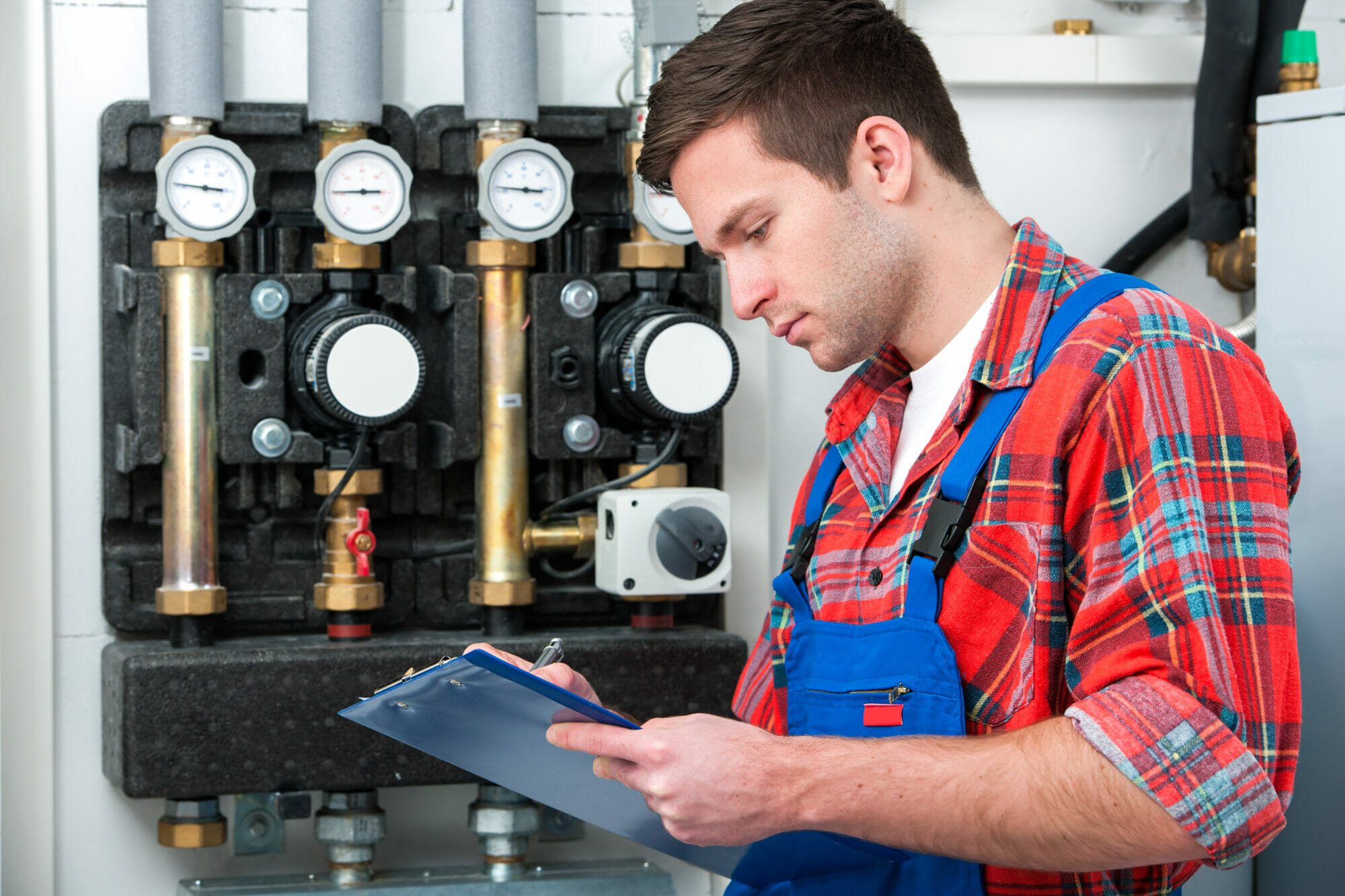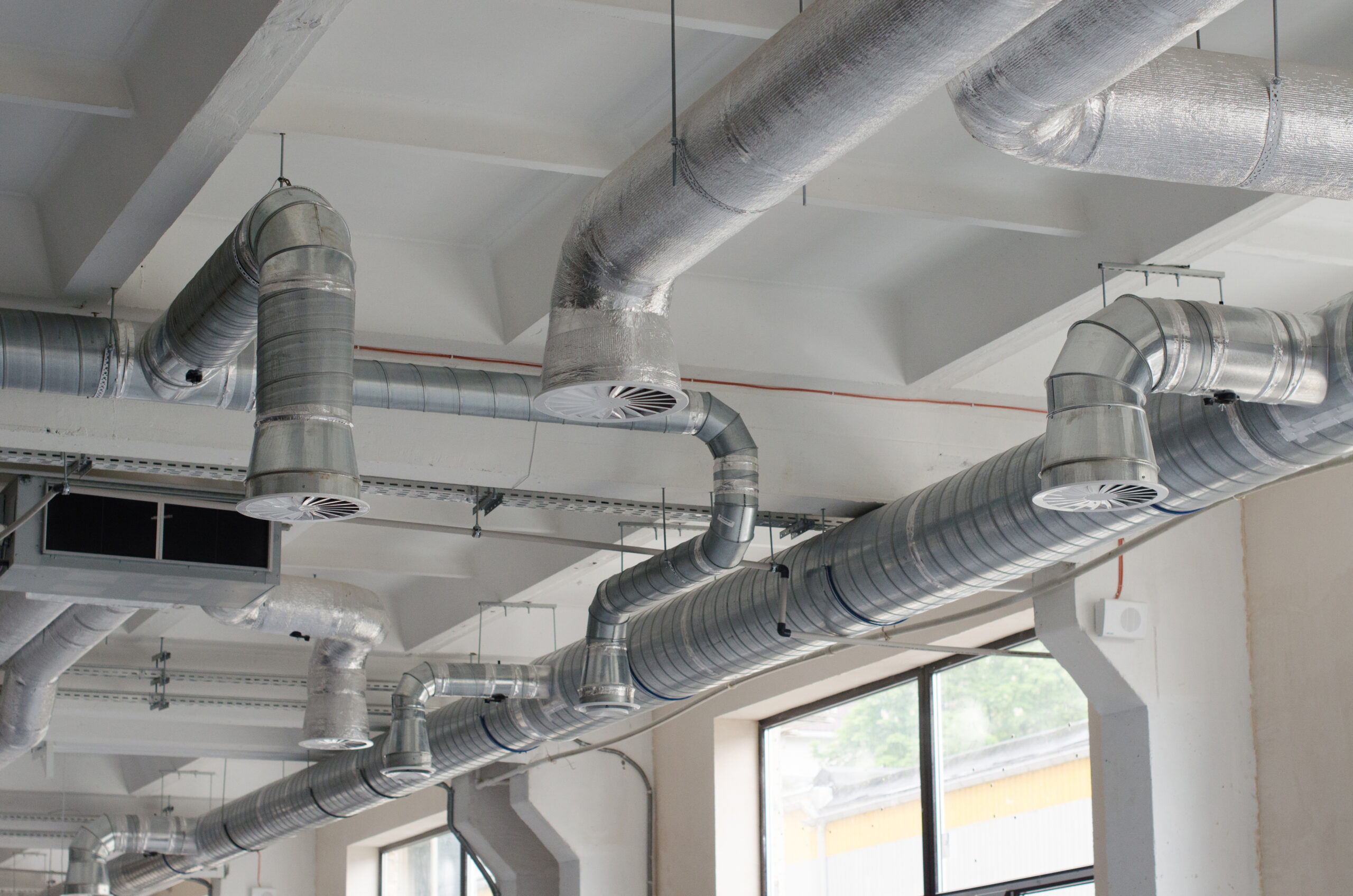The Necessity of Correct Ventilation in Residential Plumbing Systems
The Necessity of Correct Ventilation in Residential Plumbing Systems
Blog Article
The publisher is making a number of great pointers on the subject of What Is A Plumbing Vent & How Do They Work? in general in the article down the page.

Appropriate ventilation in plumbing systems is often neglected, yet it is important for maintaining the capability and safety of your home's pipes. Ventilation assists manage air pressure, protect against the build-up of damaging gases, and guarantee the efficient removal of waste. In this guide, we will check out the value of appropriate pipes ventilation, how it works, and the benefits it gives your pipes system.
Exactly How Ventilation Works in Pipes Systems
Air Pressure Law
Correct air flow keeps well balanced atmospheric pressure within the pipes system. When water moves through pipes, it displaces air. Without sufficient ventilation, this variation can produce negative pressure, bring about slow down drains pipes or siphoning of water from catches, which can cause unpleasant odors to seep right into the home.
Preventing Sewer Gas Accumulation
Among the most important features of plumbing vents is to avoid sewage system gases, such as methane and hydrogen sulfide, from gathering within the home. These gases can pose major health threats and are extremely flammable. Vent pipes permit these gases to escape safely outdoors.
Helping in Waste Removal
Air flow aids in the reliable removal of wastewater by preventing airlocks in the drain system. When air can flow easily with the vents, it permits water and waste to flow efficiently with the pipes, minimizing the danger of obstructions and backups.
Benefits of Proper Air Flow
Boosted System Performance
Properly ventilated plumbing systems operate a lot more effectively, with fewer obstructions, faster draining pipes, and less strain on the pipelines. This efficiency prolongs the life expectancy of the pipes system.
Improved Air Top Quality
By preventing drain gases from entering your home, proper ventilation contributes to far better indoor air quality, making your living setting healthier and more comfortable.
Preventing Water Damage
Appropriate air flow aids avoid water from being siphoned out of catches, which can lead to drain gases entering the home and causing water damage gradually.
Actions to Make Certain Proper Air Flow
Consulting Pipes Codes
Constantly get in touch with local plumbing codes when making or changing your plumbing system. These codes provide the needed standards for proper venting and ensure your system meets safety and security criteria.
Regular Inspection and Maintenance
Regular inspections can aid determine prospective ventilation problems prior to they end up being significant problems. Upkeep jobs, such as cleaning up air vent pipes and looking for clogs, are necessary for keeping the system in good working order.
Specialist Setup
For brand-new installations or significant alterations, it's wise to work with an expert plumbing. They have the expertise to make sure the air flow system is correctly developed and installed according to code.
Understanding Ventilation in Pipes
Air flow in pipes describes the network of pipes that allow air to stream through the drainage system. These vents offer numerous purposes, including controling atmospheric pressure within the pipes, protecting against drain gases from getting in the home, and assisting in the smooth flow of wastewater.
Kinds Of Plumbing Vents
Key Stack Vent
The major pile air vent, additionally called the vent stack, is the key vent in a pipes system. It expands from the major drainpipe align with the roof covering, permitting gases to run away and fresh air to go into the system.
Branch Vent
Branch vents connect to the primary stack air vent and serve individual fixtures, such as sinks, bathrooms, and showers. These vents guarantee that each component has appropriate air flow to function properly.
Air Admittance Shutoff (AAV).
An Air Admittance Valve (AAV) is a one-way shutoff that allows air to go into the pipes system without the requirement for a standard vent pipeline expanding with the roofing system. AAVs are commonly made use of in restorations or areas where setting up a common air vent is not practical.
Signs of Poor Ventilation in Plumbing.
Slow Draining Fixtures.
If your sinks, bathtubs, or toilets are draining pipes slowly, it could be an indication of poor air flow. Insufficient air circulation can produce a vacuum cleaner result, making it hard for water to drain pipes properly.
Gurgling Seems.
Gurgling noises originating from drains pipes are often an outcome of air being sucked with water catches due to adverse stress in the pipes. This is a clear indicator of not enough ventilation.
Unpleasant Smells.
Sewage system smells inside your home are a warning that your pipes system is not appropriately ventilated. This can suggest that sewage system gases are not being sufficiently aired vent outside, leading to potentially harmful problems.
Common Air Flow Blunders.
Inadequate Vent Sizing.
Utilizing small vent pipes can bring about inadequate air circulation and pressure discrepancies in the system. It's vital to utilize vents that satisfy the specific demands of your pipes system.
Improper Vent Placement.
Putting vents also much from the components they offer can reduce their efficiency. Appropriate positioning ensures that air can flow freely and efficiently via the system.
Disregarding Code Requirements.
Building codes give details standards for plumbing air flow. Ignoring these codes can result in a system that falls short to operate appropriately and may result in costly repair services or carcinogen.
Final thought.
Proper air flow is a crucial part of any type of pipes system, making sure that it functions efficiently and securely. By recognizing the value of air flow, acknowledging the indicators of poor air flow, and taking steps to preserve your system, you can avoid pricey issues and protect your home's air quality.
4 Things You Should Know About Your Plumbing Vents
What Plumbing Vents Are
Also called a vent stack, a plumbing vent is a vertical pipe attached to your drain line that runs through your roof. The plumbing vent pipe, or plumbing air vent, removes gas and odors from your plumbing system and allows fresh air to enter the pipes, helping the water to flow out of the drain pipes.
What Plumbing Vents Do
Plumbing vents have two basic functions. One of which is to allow unpleasant smelling wastewater and sewer gasses to escape your plumbing system instead of entering your home. Plumbing vent pipes are typically located on roofs, away from windows, to ensure the fumes exit the home completely.
The other function of the plumbing vent is to move fresh air into your plumbing system. This helps move water through every plumbing fixture in your house, like toilets and sink drains. Think of the way in which you need to let a little air into the bottle as you pour soda in order to make the drink flow smoothly.
Different Types of Plumbing Vents
True vent: This is the most common vent option. In simplest terms, a true vent is a vertical pipe attached to your drain line that exits through the roof. They often function as the main vent that other fixtures can connect to. Re-vent pipe or auxiliary vent: Attached to the drain line near specific plumbing fixtures, re-vent pipes run up and over to connect to the main vent. Common vent: Two plumbing fixtures installed on opposite sides of a wall are typically tied into the vent stack using something known as a sanitary cross. Wet vent: This venting option operates as a drain pipe and a vent at the same time. Wet vent drainage systems drain water from one fixture while venting the air from another. Although they’ve been used for over 100 years, wet vent systems have only recently been added to the plumbing code in many areas. If you’re planning on installing one in a bathroom remodel, make sure you check your local code prior to construction. Loop vent: For free-standing fixtures like kitchen island sinks, loop vents are ideal. These vent pipes run under the floor, rise from the P-trap, and create a loop inside the cabinet sink. Air admittance valve: An AAV is a one-way mechanical valve typically installed at the site of the plumbing fixture. AAVs allow venting to occur without having to tie into a larger venting system. They’re ideal for venting fixtures where you aren’t able to easily connect to an existing vent system. Common Plumbing Vent Issues
Although vent pipes typically don’t have water flowing through them, they’re still subject to many typical plumbing issues. For example, clogs are one of the most common problems associated with sewer vent pipes. If your vent pipe gets clogged, all of your plumbing fixtures tied into the vent stack will be affected.
A sink with a slow drain that bubbles and gurgles or a strong sewage smell around your toilet are both indicators that your toilet vent pipe is clogged. Because most vent pipes exit through the roof, old leaves, twigs or even a bird’s nest could be clogging the pipe.
Clogs in your vent pipe system cause a buildup of negative pressure, meaning that water won’t be able to flow out of your home very well. It’s similar to putting your finger over the opening of a straw to trap water inside. When you remove your finger, the water is able to flow out of the straw.
If you suspect you have any blockage in your vent, make sure you have a professional come examine the situation. Left unchecked, a blocked air vent can lead to other costly repairs, like leaks and sediment buildup.
Under Pressure
Pipe vents are essential aspects of a home’s plumbing system. Owning a home means learning about all sorts of things you never put much thought into before. But by understanding as much as you can about the important systems of your home, you can keep those budgets intact and those anxiety levels low.
https://www.homeserve.com/en-us/blog/home-improvement/plumbing-vents/

We hope you enjoyed our post on Essential Plumbing Vent Pipes: Understanding Their Role. Thank you so much for taking time to read through our blog post. Do you know about somebody else who is fascinated by the topic? Why not promote it. I am grateful for being here. Please check up our website back soon.
Call Today Report this page